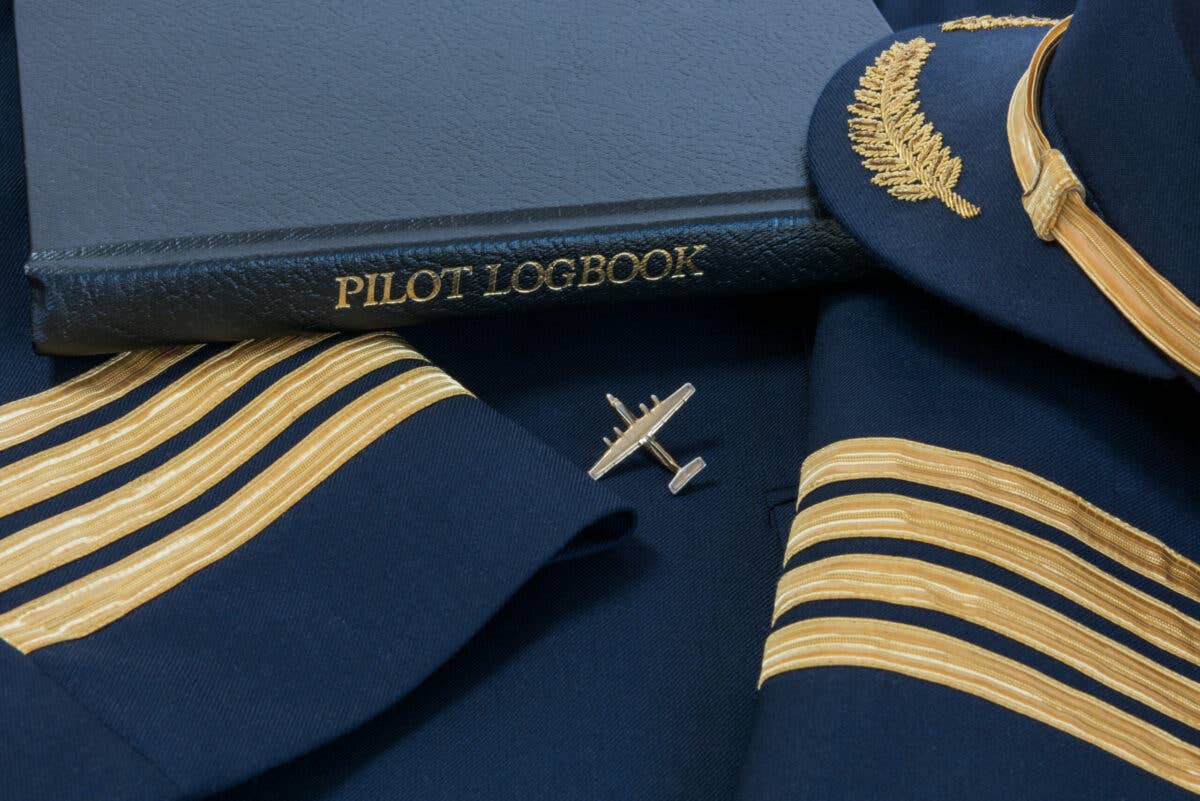Becoming a Newly Rated Commercial Single-Engine Pilot
The climb to commercial ensures you are proficient, knowledgeable, and thorough in your flying.

The climb to commercial ensures you are proficient, knowledgeable, and thorough in your flying. [Credit: Shutterstock]
I just passed my commercial single-engine airplane check ride on January 6. I started flying with the initial intent of just passing my private, but got hooked as I progressed. I always have enjoyed teaching as a way of hyper-learning, so I knew I was interested in going the CFI route (I have been a ski & scuba instructor in the past).
My first actual logged lesson was March 31, 2021. I then received my private pilot certification on October 15, 2021, and then went on to complete my instrument rating on August 22, 2022. This was all through Part 61 schools at Leopard Aviation and Scottsdale Executive Flight Training at Scottsdale Airport (KSDL). Most of my instructors came from Part 141 programs.
As of January 7, 2023, I sit with 266 hours total time—80 hours cross country, 19 hours night, and 50 hours in Cirrus aircraft with the rest in Cessna 172s.
If I were to total my expenses so far—thinking, on average, at $200 an hour—getting to this point has cost about $55,000 to $60,000 (Cessna 172s cost around $150 an hour; Cirrus range from $275 to $400 an hour, plus materials, tests, etc.).
I am planning on moving forward to get my multiengine add-on certification, as well as CFI, fairly quickly. Those will cost roughly $5,000 and $3,000 to $4,000, respectively.
My goal is to sit in the right seat for Part 135 operations (I'm not interested in Part 121), and that seems to necessitate a minimum of 500 hours TT; however, more like 800-plus hours.
Thus, for me, the CFI, and eventually MEI (certified multi engine instructor), and CFII, are the track to keep learning intensely while now, finally, offsetting the costs of flying.
The commercial certification—from written, to oral, to flying—is really the apex of the knowledge and fundamentals of flying. (I haven’t touched a jet yet.) There wasn’t anything new per se in the curriculum, as it is built upon private and instrument knowledge, yet it demanded a much deeper understanding of everything I’ve learned to date. It was like getting your masters degree in flying, if the private certificate and instrument rating are your undergraduate degrees, and ATP like a Ph.D.
While not for everyone, the climb to commercial is an amazing way to really ensure you are proficient, knowledgeable, and thorough in your flying comprehension and techniques. It also puts you in the top third of pilots. Only 270,000, or 37 percent, of the 721,000 registered pilots in the U.S. are commercially rated or higher and actually able to earn money as a pilot. That is a very exclusive club, to say the least.
My goals are to add on a multiengine endorsement, as well as get my CFI—both to continue on my journey to getting turbine type rated. Receiving that commercial certificate is a key step in that journey.
Looking back, one of the things I would recommend is a Part 61 (independent) versus Part 141 (structured school). Given the magnitude of educational expenses these days, one should look at expected returns.
I can say that at even $65,000 now to get through to commercial (in just under two years) and to start to earn money, I estimate I have another 200 to 400 hours of time building ahead of me. Unless you have unlimited funds, you need to plan out how or what your flying objectives are. What is your mission? If you see moving into a flying job, the economic argument of going Part 61 is pretty compelling. If you are self-motivated, then you can crank through at your own pace.
Part 141 is a fantastic option if you need the structure of a school that mimics undergrad program. At Embry-Riddle Aeronautical University in Florida, undergraduate courses cost around $60,000. The flying program, from PPL to instrument up through commercial costs about $80,000, which suggests it costs around $140,000.
One advantage of Part 141 is that as a student, you can qualify to get a restricted ATP at 1,000 hours vs. 1,500 hours. That ATP is the Ph.D. enabling you to fly the commercial carriers where you can now land right seat jobs starting at a salary of $150,000 (and this is going up too).
And all these certificates last a lifetime. Sure, there are a lot of currency and proficiency elements you need to accomplish to stay sharp and capable, but by moving up though the ratings, you not only ensure your skills as a pilot are developed to their max, you also are setting yourself up for job opportunities that are very high in demand now and into the foreseeable future.

Subscribe to Our Newsletter
Get the latest FLYING stories delivered directly to your inbox






